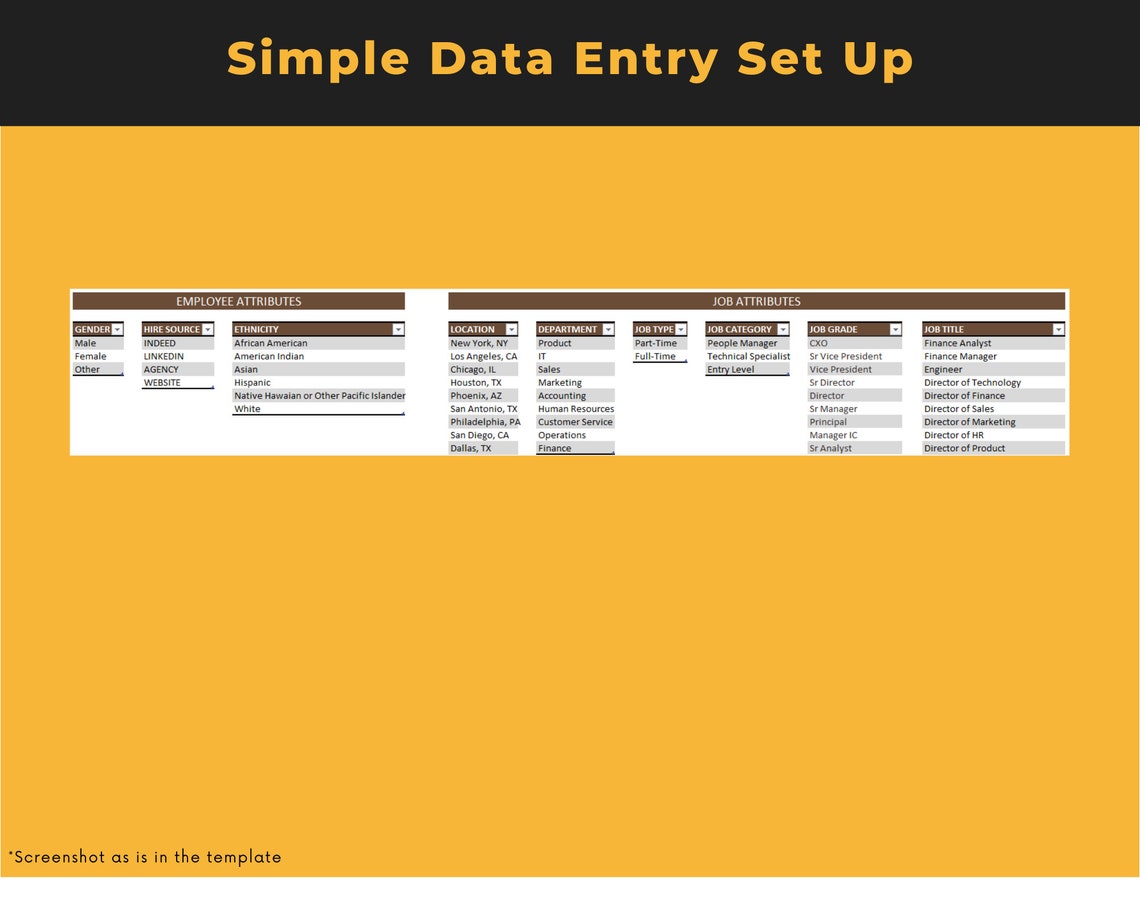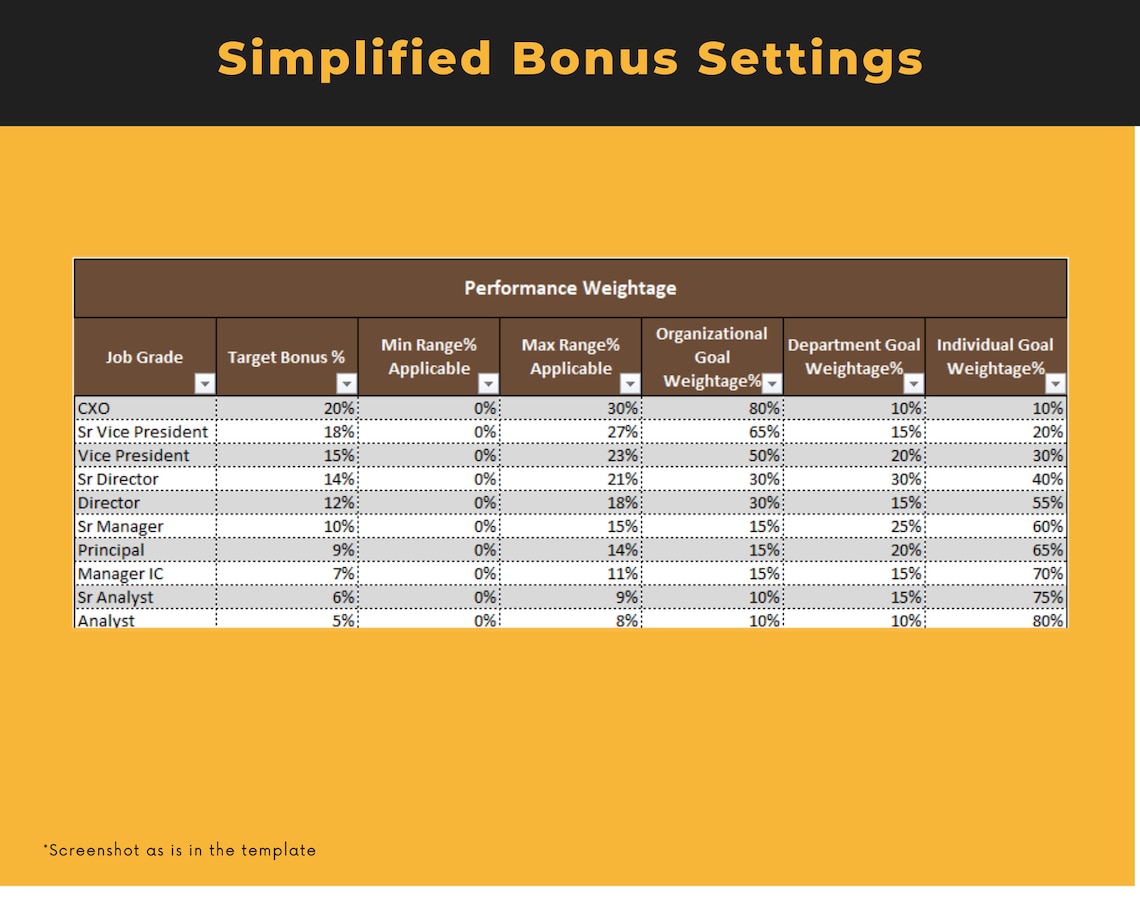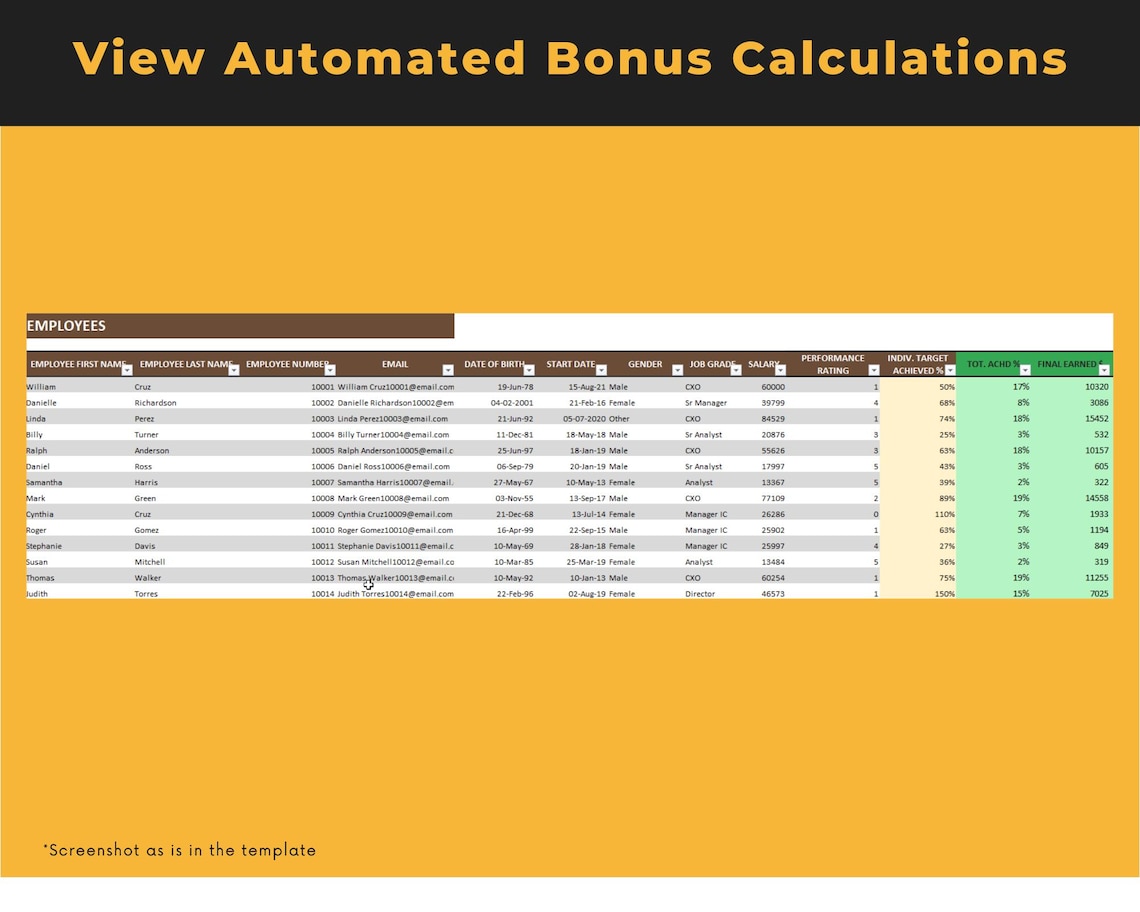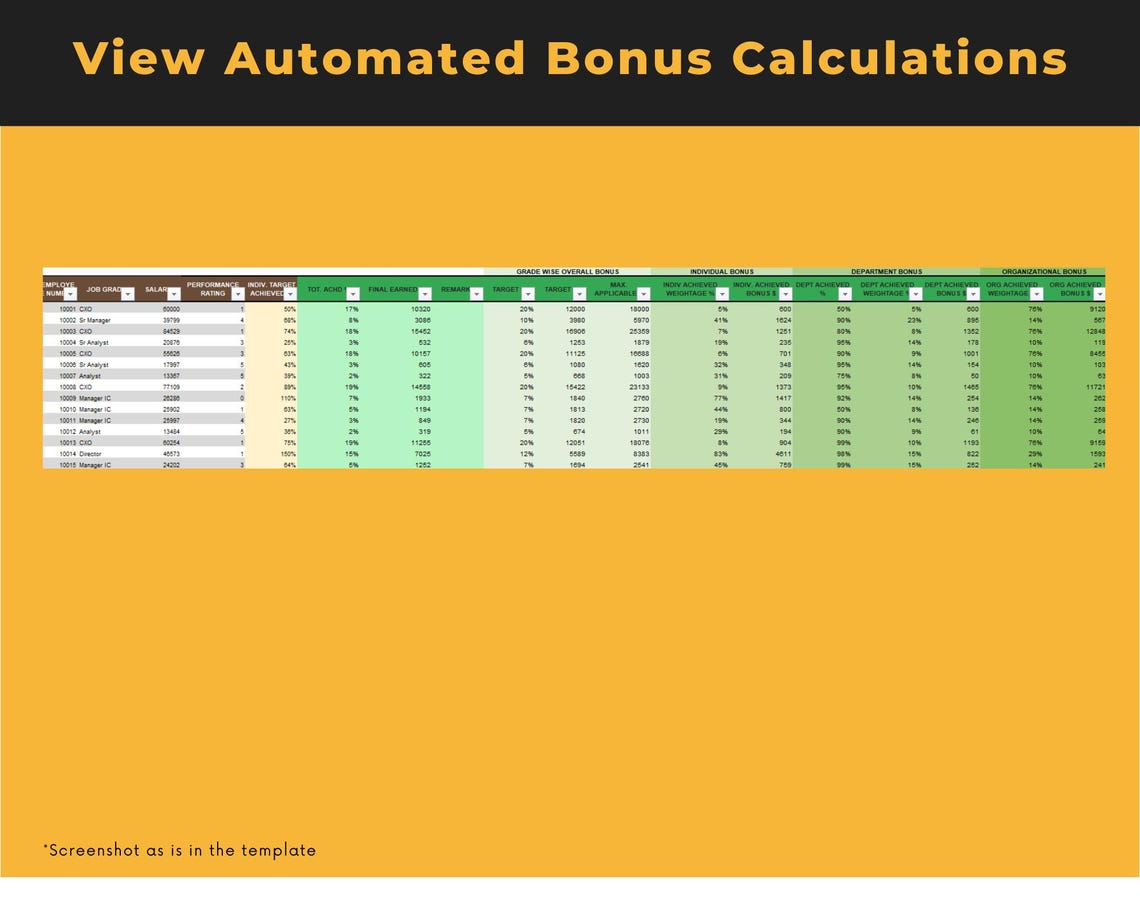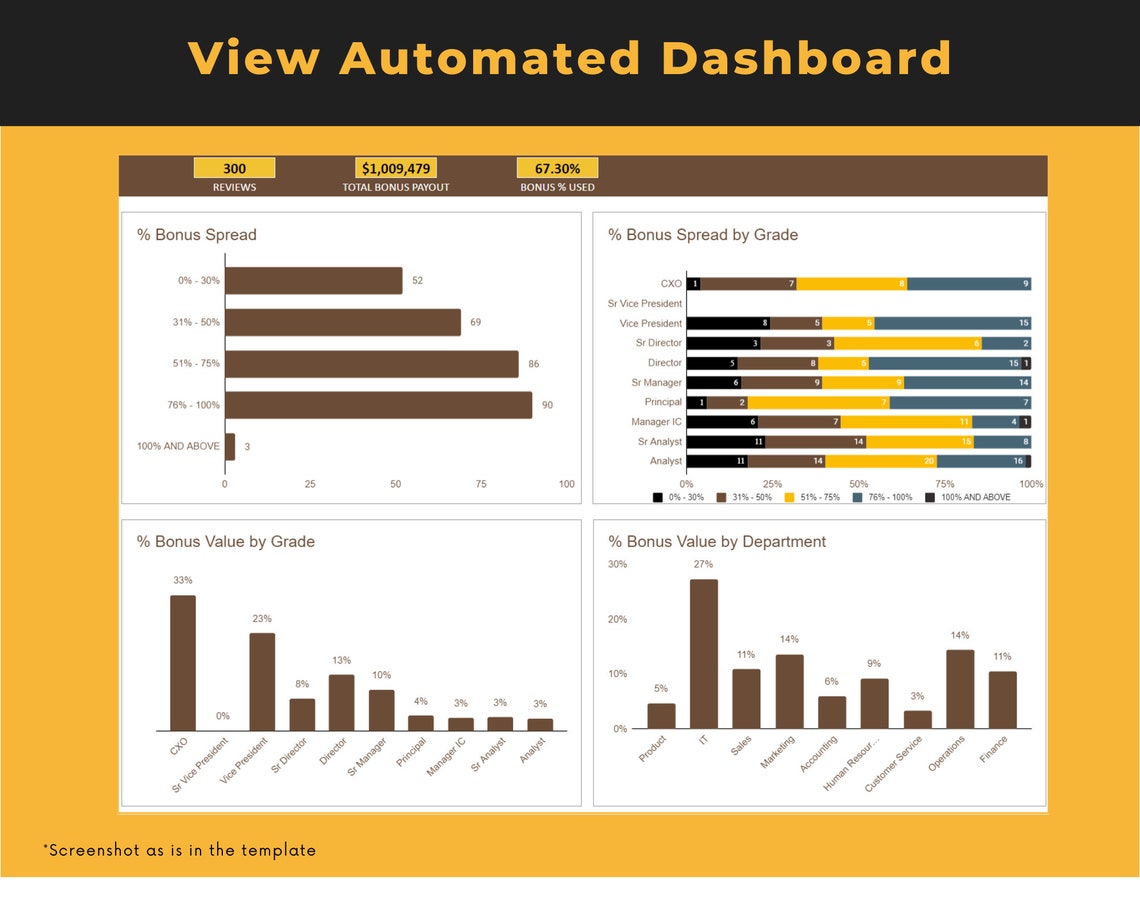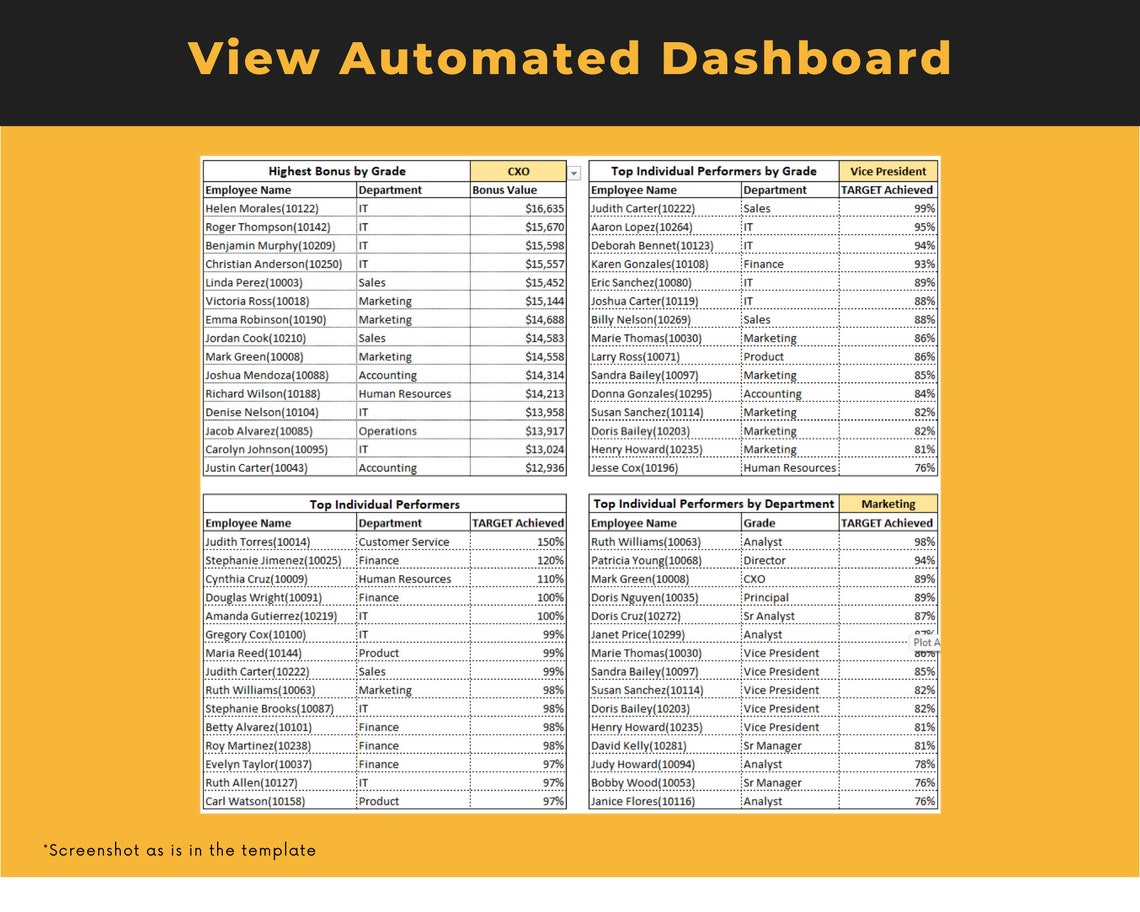Price:Rp 25,100
Depo 25 Bonus 25 Hadirkan Daftar Situs Terbaru Bonus New Member 100 Untuk Pecinta Judi Online
Slot depo 25 bonus 25 hadir sebagai pilihan utama bagi pecinta judi online, salah satu provider slot online paling populer di dunia, Dengan koleksi game lengkap layanan 24 jam yang menyediakan bonus new member 100 minimal depo 25 di awal dan klaim depo 25 bonus 25 to kecil.
You can only make an offer when buying a single item
Highlights
Depo 25 Bonus 25 merupakan promo terbaru untuk new member 100 dengan cara mengambil bonus new member 100% yang telah di sediakan oleh bandar situs judi slot online untuk memanjakan semua member baru dengan minimal depo 25 di awal kalian bisa bergabung dengan situs slot 25+25 serta mendapat tambahan bonus sebesar 25 ribu yang di total saldo kalian menjadi 50 ribu rupiah. Slot depo 25 bonus 25 to kecil dapat kalian gunakan untuk bermain semua jenis game slot dengan cara klaim depo 25 bonus 25 to 3x, depo 25 bonus 25 to 5x. Depo 25 bonus 25 juga menyediakan bonus fitur tambahan untuk mempermudah mendapatkan bonus 100% dengan cara klaim cukup menggunakan kode depo 25 bonus 25 bebas ip.
Dengan banyaknya promosi slot bonus 100 di awal ini para member baru maupun lama tentu sangat di untungkan dengan jaminan menang, turnover-nya yang kecil, fitur bebas ip bahkan uang kembali jika mengalami sebuah kekalahan dengan mengklaim slot garansi kekalahan 100% di cs yang online 24 jam penuh untuk membantu semua proses apapun. Bonus new member 25+25 bisa kalian jumpai di berbagai halaman website seperti kumpulan bonus new member 100 dan yang menyediakan link bonus new member, di tahun 2025 slot depo 25 menyajikan berbagai macam bentuk nominal deposit yang bisa kalian dapatkan contohnya seperti depo 50 bonus 50 dan depo 100 bonus 100 yang bisa kalian gunakan untuk all slot seperti pragmatic play dan pgsoft. Yuk dapatkan kemenangan kamu dan promosi slot terbaru ini dengan cara bergabung melalui link slot yang sudah di sediakan di atas!
5.0 out of 5
(564.251 reviews)
All reviews are from verified buyers
Reviews for this shop
Depo 25 langsung dapet bonus 25, saldo jadi dobel. Mantap banget nggak ribet.
Cuma modal 25k udah bisa main banyak game, Promo beneran masuk, TO kecil gampang banget tembus.
Promo new member 100% paling gampang klaim, puas banget main di sini. WD lancar, bonus real tanpa tipu-tipu. Recommended!







